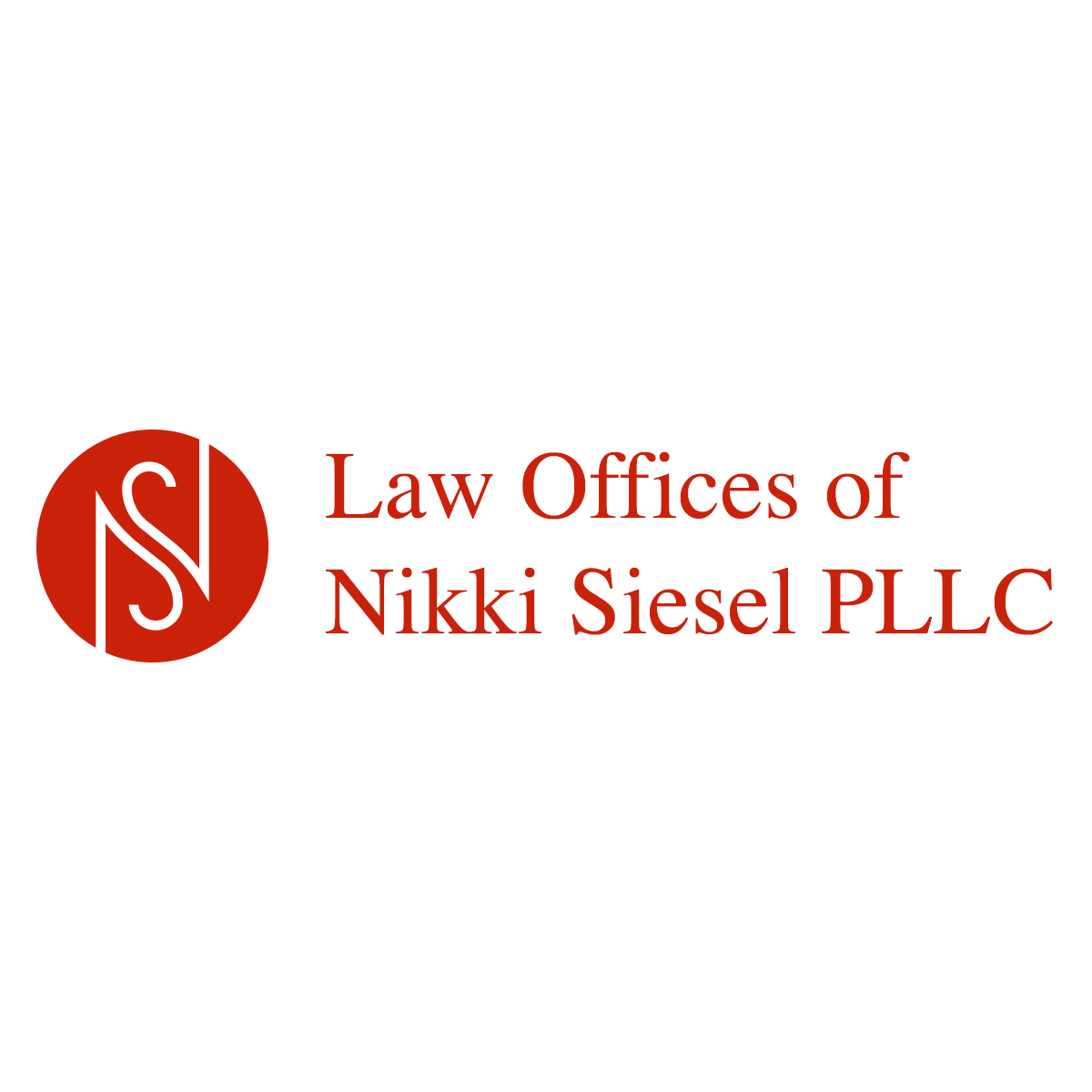
The Board’s Fifth Precedential Case of 2024
Suggestive marks with some conceptual weakness are still afforded a relatively broad scope of protection. See Sage Therapeutics, Inc. v. SageForth Psychological Services, LLC, Opposition No. 91270181 (April 12, 2024) [precedential], where the Board sustained an opposition based on priority and likelihood of confusion grounds. The Applicant was seeking to register the mark SAGEFORTH in standard characters for a lengthy list of services in class 44. The relevant portion included providing information in the field of psychological counseling, assessments, diagnosis, and treatment. The registered mark, SAGE CENTRAL provided services in class 44 for providing health and medical information about postpartum depression and treatment. Opposer pleaded six of its registrations and properly made the registrations part of the record, and because the applicant did not counterclaim to cancel any of the registrations, but merely to restrict the services, priority was not an issue in this case. See our web page entitled, Likelihood of Confusion Refusals 2(d) Refusals, for more on this topic.
The likelihood of confusion analysis was limited to the SAGEFORTH and SAGE CENTRAL registration. Regarding the similarities of the marks, the Board noted that the shared term SAGE was the dominant element in both parties’ marks. The parties noted that the word Sage is used to indicate wisdom or wise advice which is suggesting that the therapy services will provide wise counseling. Because Sage is the first element in each mark it is likely to be remembered by consumers. The Board held that the marks were visually similar since the marks were both Sage formatives. In addition, the marks have similar meanings and structure, and are likely to have the same commercial impression. The Board summed up the issue by stating that the shared Sage term will run the risk that consumers will believe there is an association or connection between the Applicant and Registrant. The similarities of the marks weigh in favor of likelihood of confusion.
Regarding services, Applicant’s services are broad, “providing information in the field of psychological counseling, assessments, diagnosis, and treatment” and encompass the Registrant’s more focused services involving postpartum depression and treatment. Therefore, the services are legally identical in part. Next the Board evaluated the cited mark SAGE CENTRAL for the conceptual and commercial strength. Commercial strength can be measured by number of sales, advertising expenditures, length of time in the marketplace etc. and this can be contradicted by the number and nature of similar marks on similar goods. Without proof of use, third-party registrations alone may be relevant, in the manner of dictionary definitions, “to prove that some segment of the [marks] has a normally understood and well recognized descriptive or suggestive meaning, leading to the conclusion that the segment is relatively weak.” Juice Generation, Inc. v. GS Enters. LLC, 794 F.3d 1334, 115 USPQ2d 1671, 1675 (Fed. Cir. 2015); see also Jack Wolfskin Ausrustung Fur Draussen GmbH v. New Millennium Sports, S.L.U., 797 F.3d 1363, 116 USPQ2d 1129, 1136 (Fed. Cir. 2015).
Applicant did submit evidence of both third party registrations and Internet uses, but the problem was that a large number of the uses were on different goods and services, and thus not relevant. See Omaha Steaks Int’l, Inc. v. Greater Omaha Packing Co., 908 F.3d 1315, 128 USPQ2d 1686, 1694 (Fed. Cir. 2018), where the Court held that since the identified goods were limited to meat, it was an error to consider other registrations for other types of foods. Only four of 53 registrations were in the relevant field of mental health services. This was insufficient evidence to show that SAGE formative marks were conceptually weak in the mental health field. However, Applicant’s Internet evidence was more probative as there were sixteen SAGE formative marks offering mental health services similar to Applicant’s identified services and registrant’s information services. This evidence shows some conceptual weakness of the term SAGE in the mental health field. Opposer was not able to prove its mark was commercially strong.
The Board concluded that registrant’s mark SAGE CENTRAL was entitled to the protection normally accorded to a suggestive mark. See our blog post entitled, Merely Descriptive or Suggestive, to learn more about the scope of protection for suggestive marks. The opposition was sustained due to the fact that the marks were similar and since the services were legally identical in part, it was presumed that trade channels and classes of consumers overlap. The first three DuPont factors, all weigh in favor of confusion and although the sixth DuPont factor does show the cited mark has some conceptual weakness, it does not outweigh the first three DuPont factors. Likelihood of confusion cases are extremely fact specific and require an experienced trademark attorney’s analysis. If you have questions concerning a trademark refusal based on likelihood of confusion (a 2(d) Refusal), please feel free to contact the firm for a courtesy consultation.
Discover more from reviewer4you.com
Subscribe to get the latest posts to your email.




